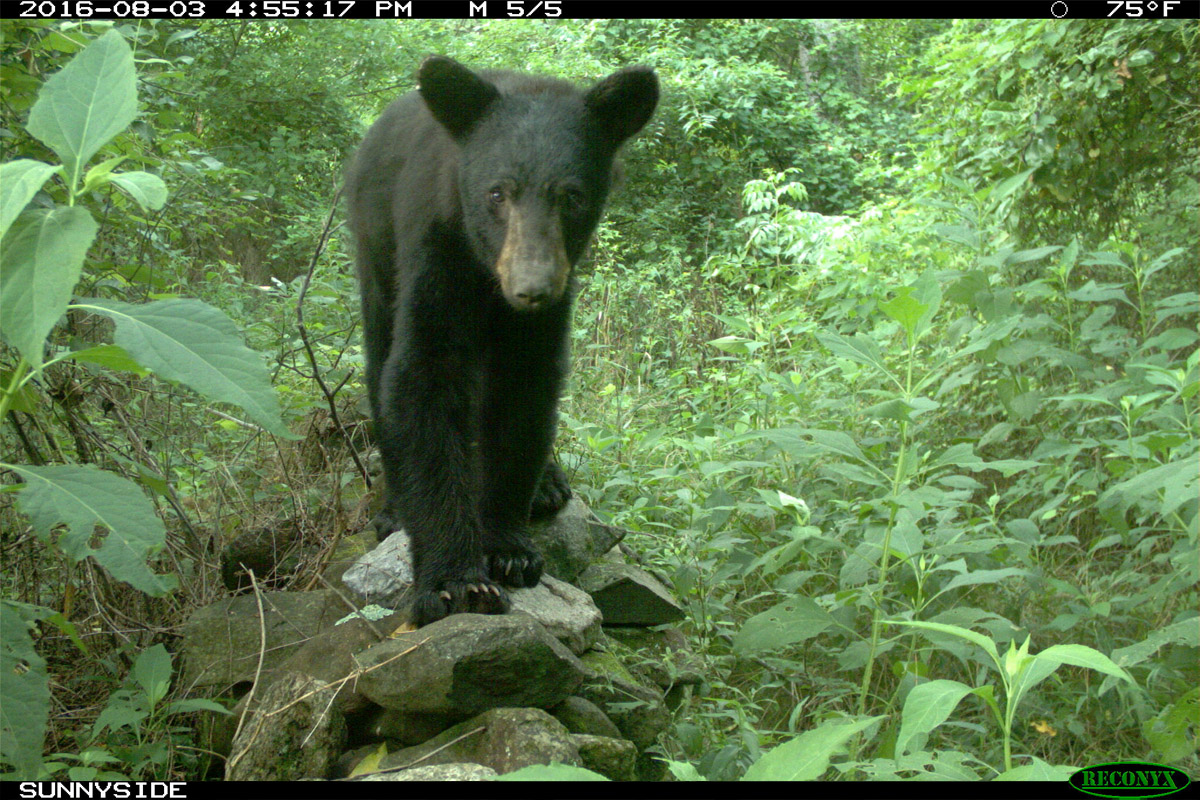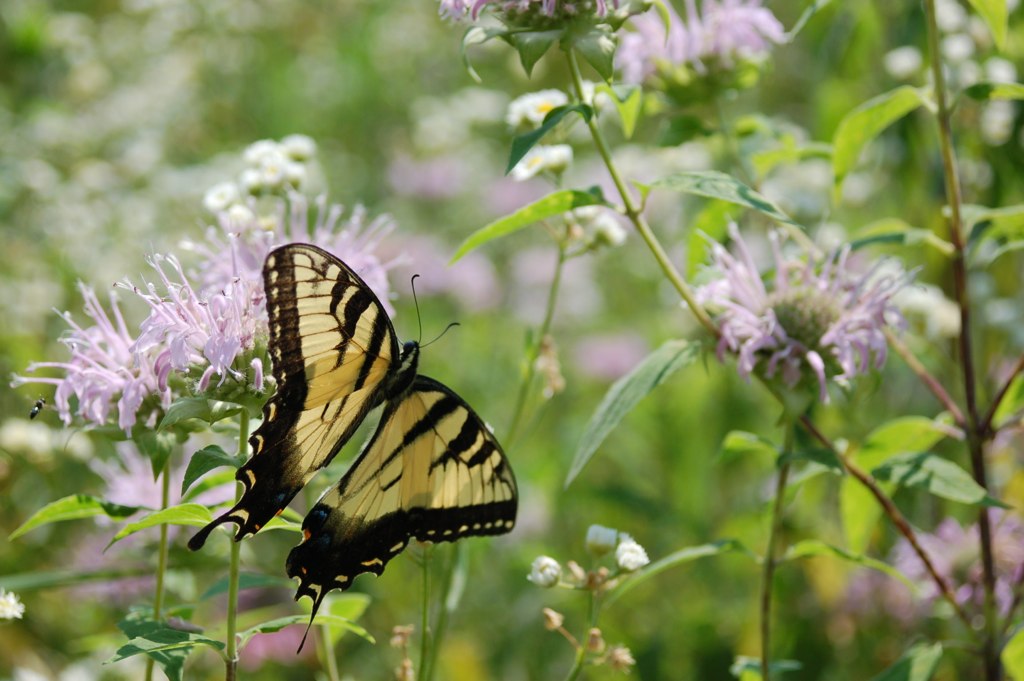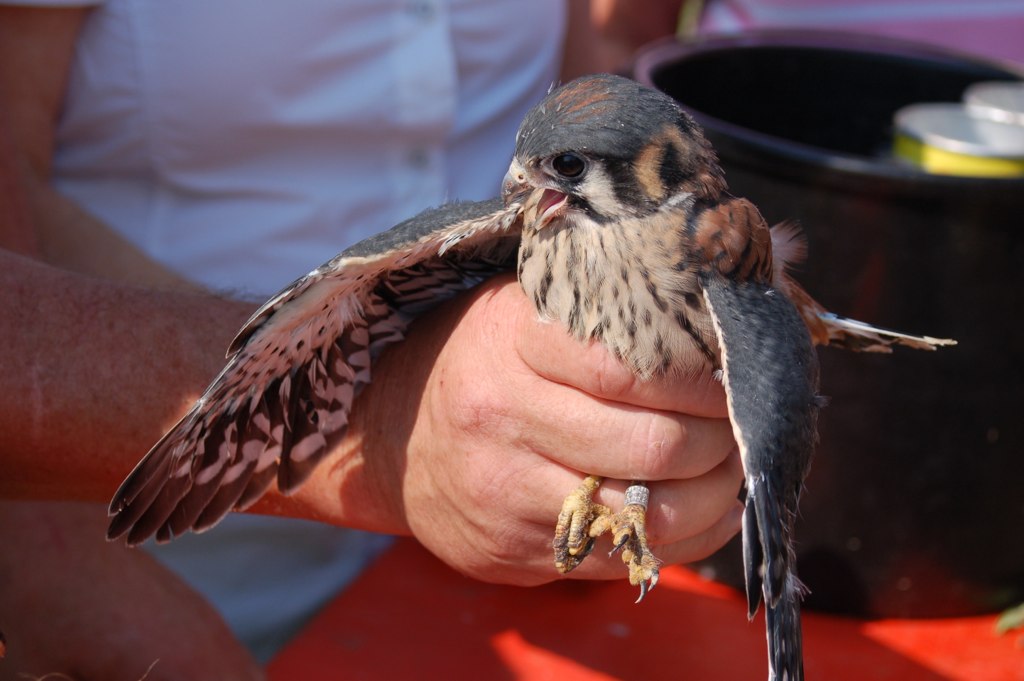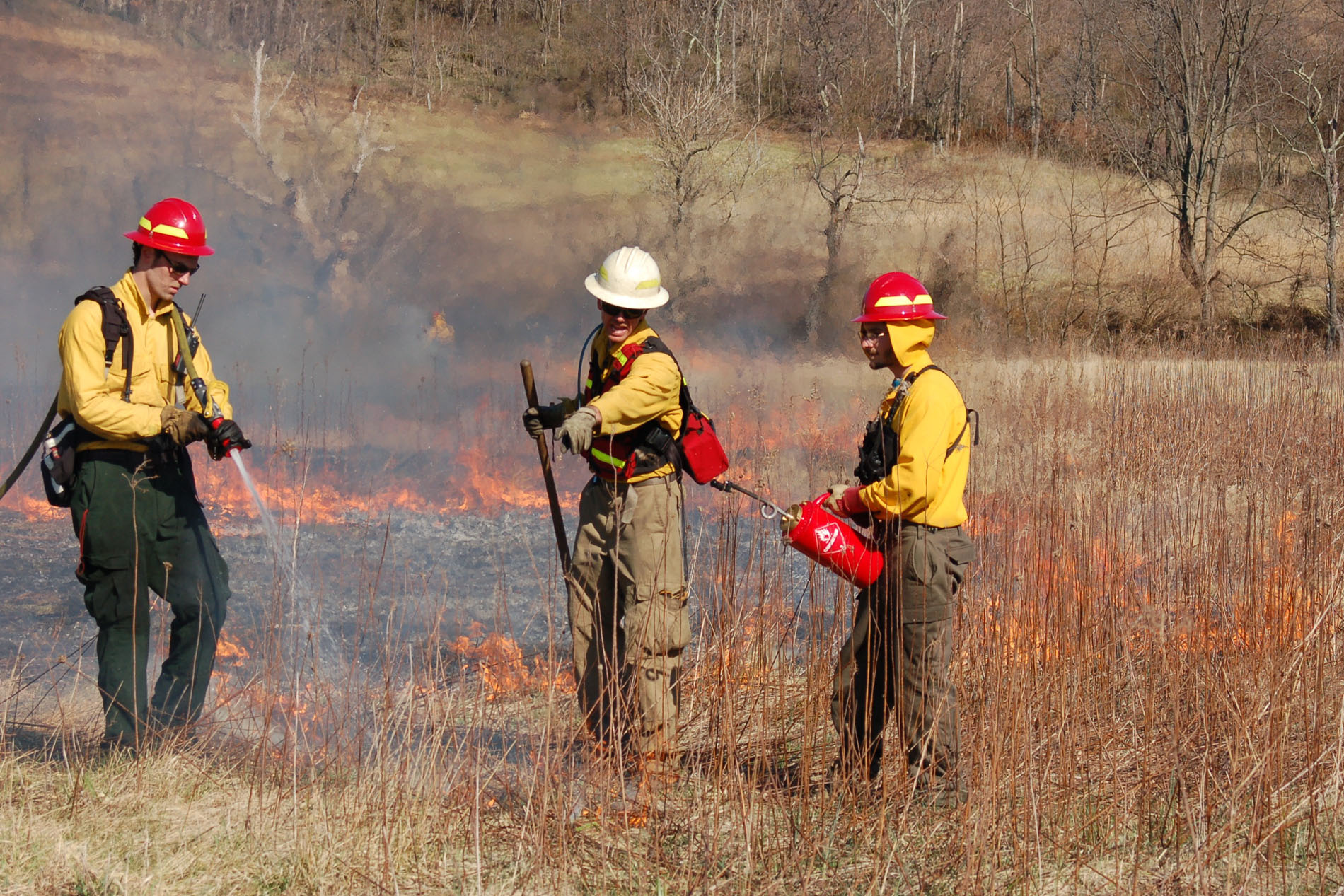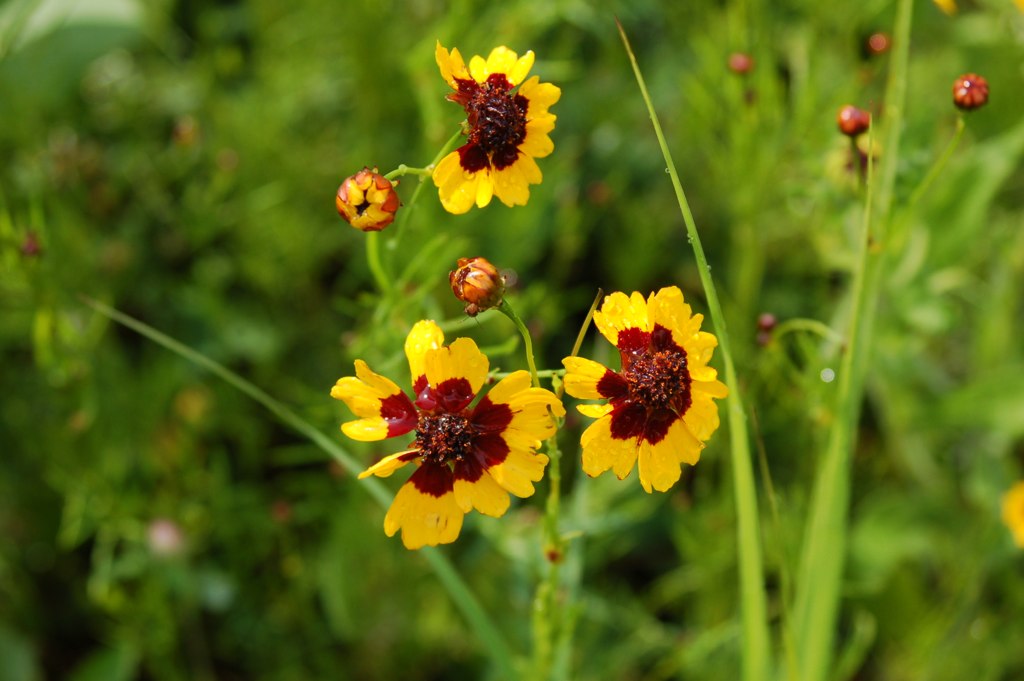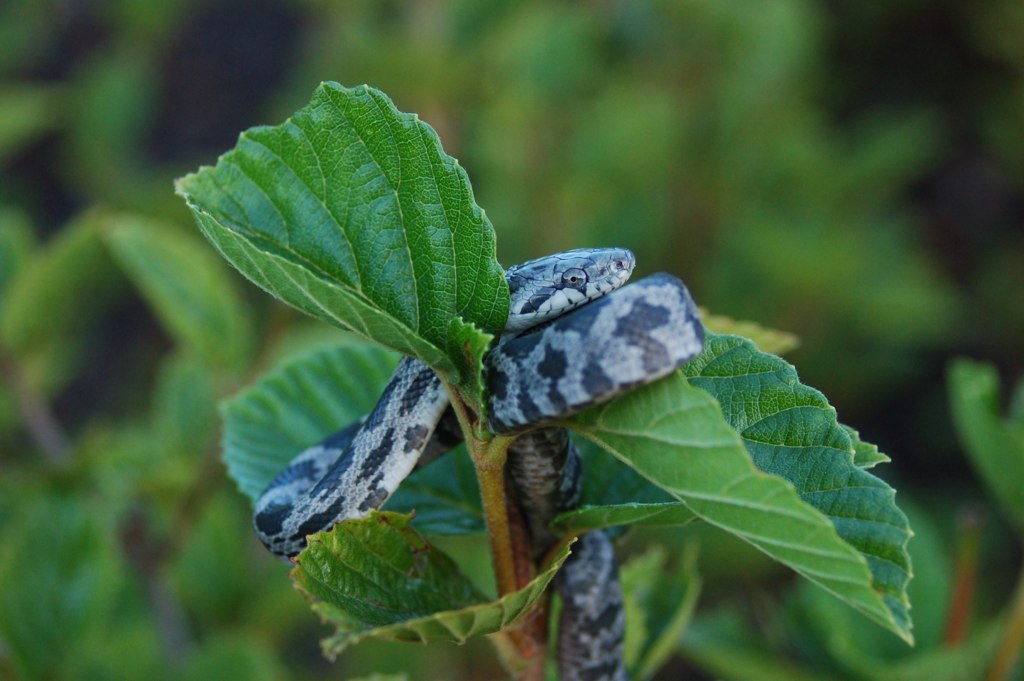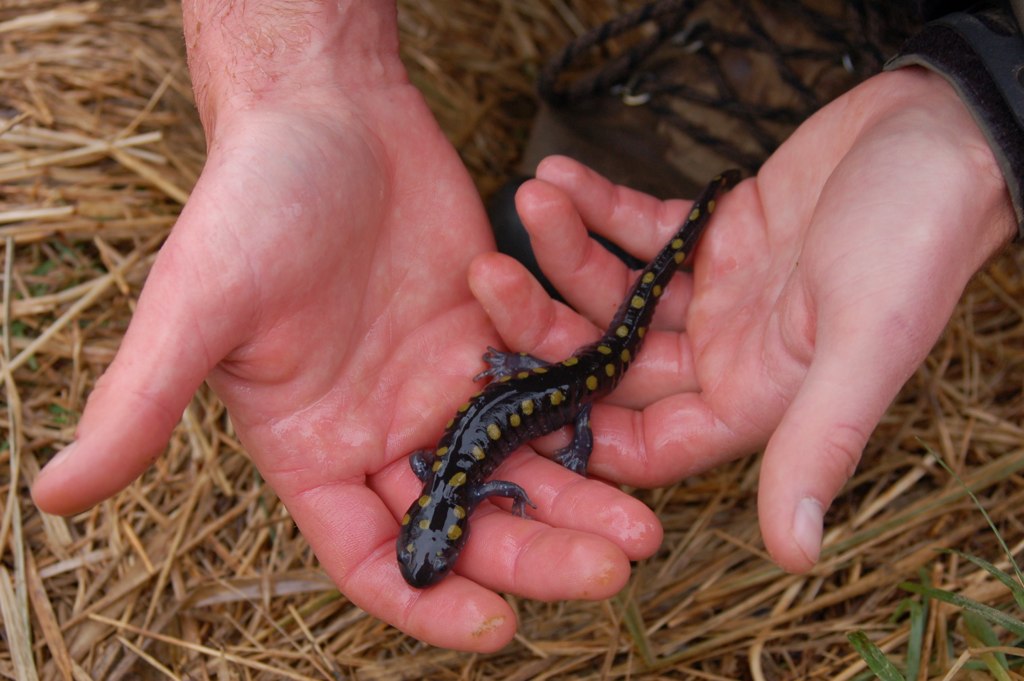Conservation
Historically, agriculture has been a leading cause of global environmental degradation, whether through soil erosion, chemical contamination, water pollution, biodiversity loss or other ills. The Farm at Sunnyside believes that this paradigm needs to change if we are to achieve a more sustainable world. Put simply, we view conserving nature and producing food as essential and mutually reinforcing priorities and work hard to implement this vision on our farm.
Beyond the soil management techniques fundamental to our way of practicing agriculture, we actively manage farm habitat to favor native biodiversity. This includes planting hedgerows, riparian corridors and meadows with native grasses, forbs, shrubs and trees; removing damaging invasive plants; and providing nesting boxes for key species of wildlife. Besides sustaining a richer mosaic of life, these actions enhance vital ecosystem services that benefit our farm, for example by minimizing erosion, improving water quality, boosting pollination, increasing predation of agricultural pests and providing a rich food supply for our honeybees.
The farm is committed to measuring both the impact of its actions and the indications of long-term environmental change. We have established regular monitoring protocols to assess water quality in our irrigation ponds and streams through a combination of chemical means and by studying communities of bioindicators like macroinvertebrates and amphibians. We have undertaken multiple research projects to track the health of the farm’s soil and its biota. We take deliberate steps (e.g., through surveys, live trapping and the use of trail cameras) to assess our fauna and flora. And we have installed a professional quality weather station that provides temperature, precipitation and wind data.
Each year we produce an annual report on our conservation activities. For those wishing more information, those reports are available below.
2017 Conservation Report
2014 Conservation Report
2013 Conservation Report
2012 Conservation Report
2011 Conservation Report

